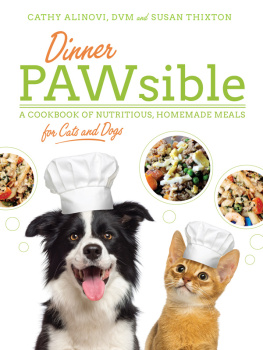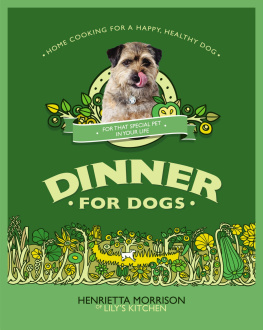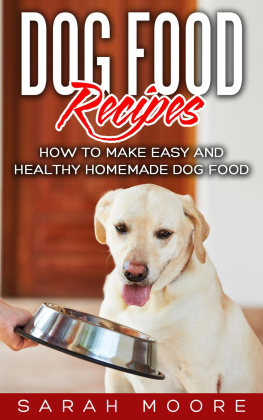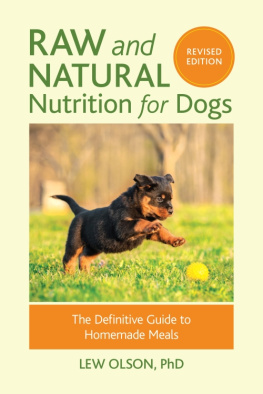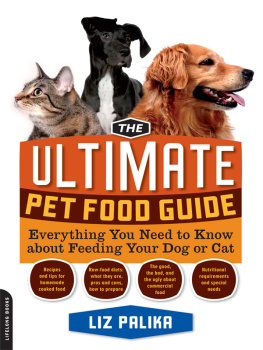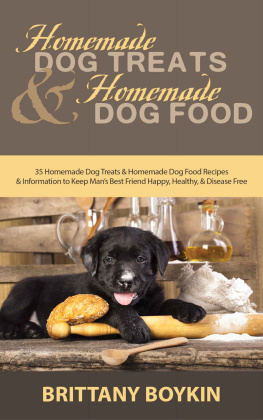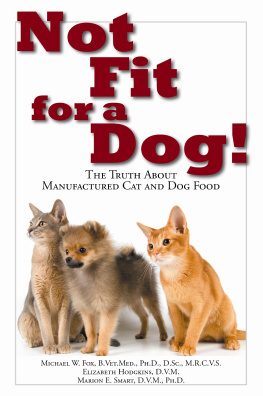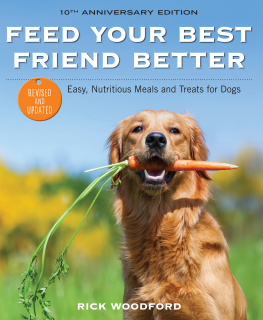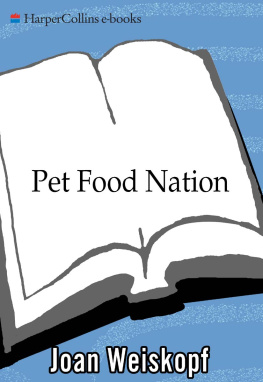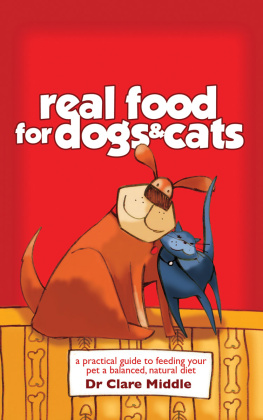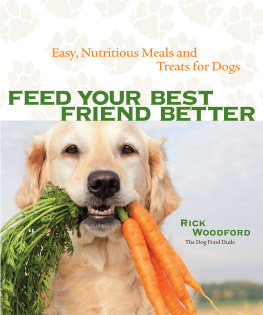Copyright 2011 and 2015 by Cathy Alinovi and Susan Thixton
All rights reserved. No part of this book may be reproduced in any manner without the express written consent of the publisher, except in the case of brief excerpts in critical reviews or articles. All inquiries should be addressed to Skyhorse Publishing, 307 West 36th Street, 11th Floor, New York, NY 10018.
Skyhorse Publishing books may be purchased in bulk at special discounts for sales promotion, corporate gifts, fund-raising, or educational purposes. Special editions can also be created to specifications. For details, contact the Special Sales Department, Skyhorse Publishing, 307 West 36th Street, 11th Floor, New York, NY 10018 or .
Skyhorse and Skyhorse Publishing are registered trademarks of Skyhorse Publishing, Inc., a Delaware corporation.
Visit our website at www.skyhorsepublishing.com.
10 9 8 7 6 5 4 3 2 1
Library of Congress Cataloging-in-Publication Data is available on file.
Cover design by Erin Seaward-Hiatt
Cover photograph: Thinkstock
Print ISBN: 978-1-63220-674-9
Ebook ISBN: 978-1-63220-919-1
Printed in China

To all members of our four-legged familyyou deserved this from the beginning.
TABLE OF CONTENTS
FOREWORD
The pet food industry has brainwashed us to think that we are not capable of feeding our own pets. Although we feed ourselves and our children every day, they have told us that we are somehow not capable of feeding our furry families. This is simply not true.
While there are many quality commercial pet foods on the market, the greatest majority of pet foods are made from inferior ingredients (as compared to food ingredients youd purchase at the grocery store) and are highly processed. Regulations within the pet food industry have redefined ingredients used in pet food, causing them to have different meanings compared to what is commonly understood and accepted as food. For example, according to pet food regulations, the ingredient chicken may consist only of chicken skin and bones, or it could consist of chicken parts rejected for use in human food (DOA or diseased animals). The more pet food consumers learn about commercial pet food, the more they realize that it is worth it to cook for their pets, treating them in the same way as any other member of the family.
But then, fear sets in. What if Im doing something wrong? What if I dont give them all the nutrients they need? What if I make them sick? What if... what if... what if?
I had that same fear too. But I assure you, it passes. As my intelligent and skilled co-author, Dr. Cathy, told me at the beginning of my transition from commercial pet food to home cooked: Its just food, so dont worry! The more you prepare their food, the more confidence you will have. Remember, youve been misled for years (maybe decades) that pet food only comes in the form of kibble or can. But soon, you are going to see just how wrong that information really is.
What about reports that home-prepared foods dont meet the nutritional requirements of cats and dogs?
A 2013 study performed by several UC Davis researchers caused a great deal of concern for pet food consumers. The study claimed that nearly 100% of home-prepared recipes did not provide dogs with sufficient nutrition as established by the National Research Council (cat recipes were not analyzed). This study has two significant flaws.
One flaw was that the researchers used the incorrect level of Vitamin D in comparing recipes to National Research Council (NRC) data. The UC Davis study stated that dogs require 339 IU of Vitamin D per day, when the NRC actually recommends 136 IU of Vitamin D per day (based on 1000 kcal).
Secondly, and most significantly, the nutrient requirements for cats and dogs that everyone, including the UC Davis study, uses as a standard was developed by the NRC, most recently published in 2006. Because these nutrient requirements are used by pet food regulations and major pet food manufacturers, the foundation of the NRC research was based on commonly used commercial pet food ingredients, including the use of added supplements (often synthetic), to provide nutrition. In other words, the nutrient requirements for cats and dogs were established from common pet food ingredients such as genetically modified grains and rendered meat meals, which are sourced from meats that are rejected for human consumption. The nutrient requirements established by NRC were also based on these common ingredients being heavily processed into kibble and canned pet foods.
The truth is there are no established nutritional requirements for cats and dogs based on animal consumption of whole food ingredients as prepared in the home. The exact amount of protein, fat, vitamins, and minerals a cat or dog would needsourced from lightly processed food, not supplementshas not been established through scientific research. However, we do know that trying to compare a powdered meat meal to a roasted chicken prepared in your own kitchen is like trying to compare apples and orangesmultiplied by ten. It cant be done.
All the recipes in this book are close to NRC requirements for cats and dogs. We firmly believe that providing a variety of nutrition acquired from real or lightly processed foods will provide your pet with the most optimal standards of nutrition.
Susan Thixton
INTRODUCTION
Dr. Cathy Alinovi
Over the last few years, Ive learned more and more about food and feeding our pets. As my vet practice became more and more holistic, I learned that holistic care meant treating the whole patient, not just the current issue. So, if a client brings in a dog with itchy skin, it means figuring out the root cause behind his irritable skin, which in turn is often attributed to food allergies. Holistic practice also means spending a lot of time educating the client so they understand what is going on and why it is happening, and can make good health decisions themselves for their pets. Reeducating people and reexamining their assumptions about pet food has been an interesting journey.
First, I tried to talk clients into buying superior quality dog foods. Some clients balked at the cost, others wanted to do even better than that. Others simply had adorable little dogs that hardly ate anything, so I thought why not just feed them people food? I started by suggesting that owners feed healthy people food to their dogs. To my surprise, some owners actually thought hot dogs and crackers were healthy! I was shocked; I thought everyone knew what constituted healthy food. So, I started writing down recipes.
Then, I had a client who lost several cats due to an unidentifiable something in the cat food. It wasnt melamine and it wasnt anything the FDA could find wrong, but the cats only fell sick when they ate that specific brand of food. My client was devastated. I was traumatized that all my efforts couldnt save those poor cats. We had to find a new way to feed her cats safely, healthily, and simply.
The other thing that motivated me was the belief that cooking for our pets should be fun. My favorite chef for people food, George Geary, makes cooking fun. I hope everyone has as much fun cooking for their pets as my husband and I have when we prepare Georges recipes! Every morning and night, I line up all the dog dishes (usually ten to fifteen dishes in total, especially when I include some of my hospitalized guests), fight the cats off the serving bowl, and dish out a pretty healthy meal. Its fun and exciting for me; and my crew sure is excited as well!

